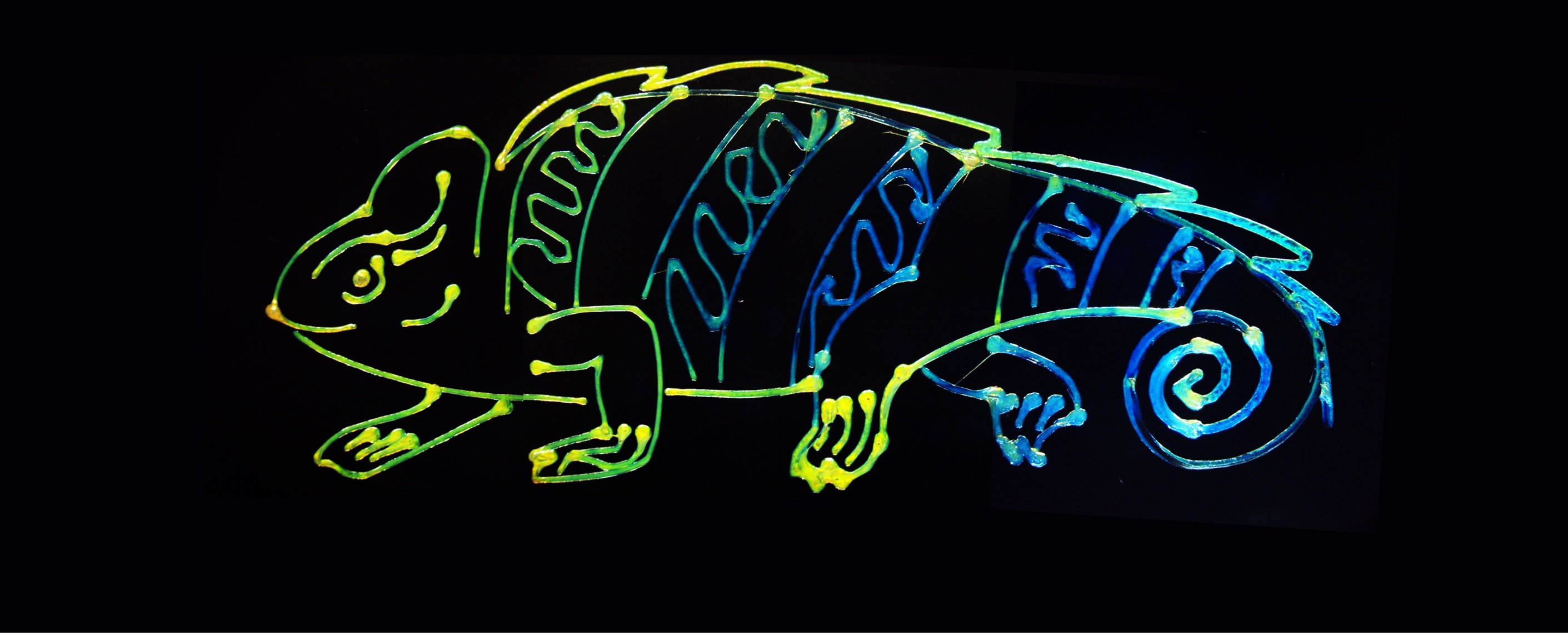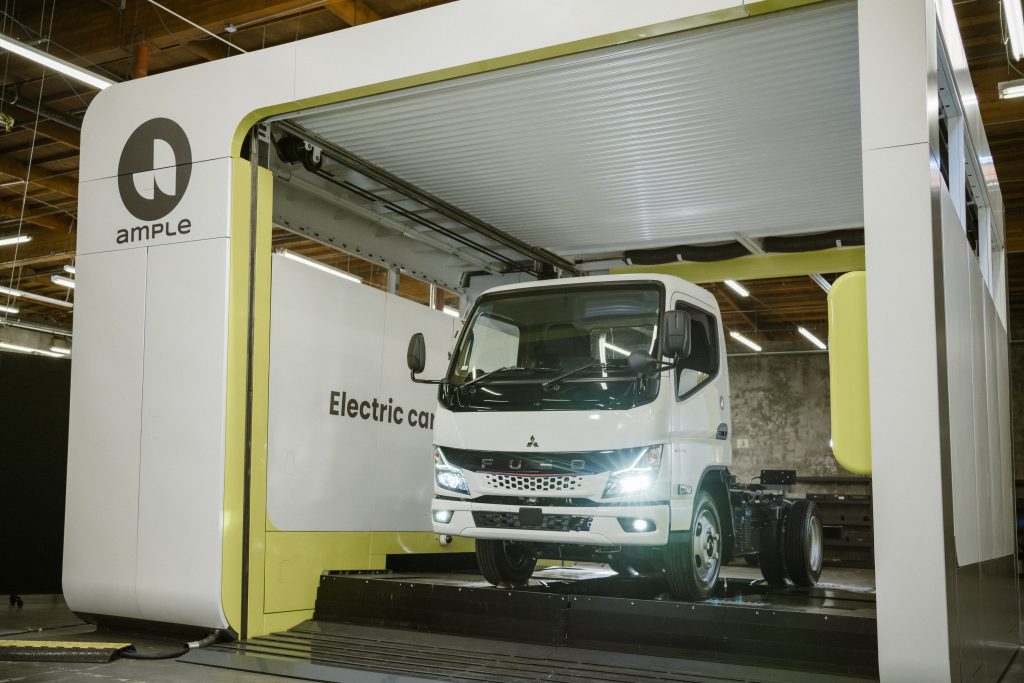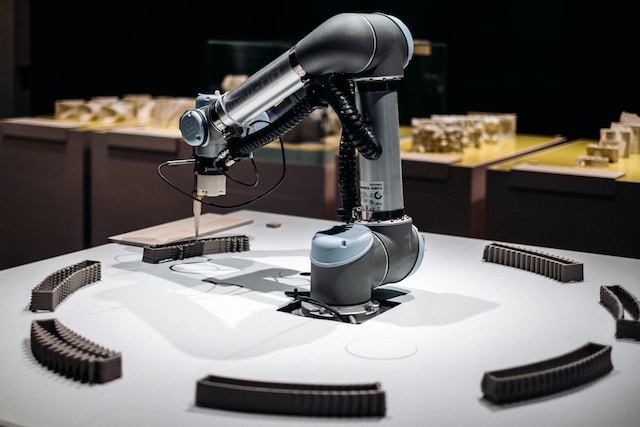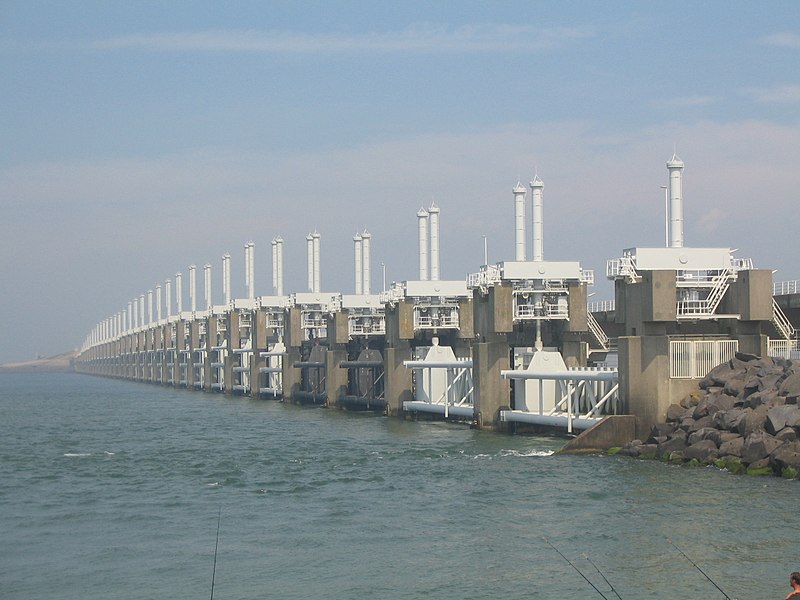Enhanced Safety Features & Avoiding Collisions
The use of sensors in all types of products is dramatically increasing. In the automobile industry, sensor technologies are not only improving the safety of cars but enabling the driverless automobile revolution currently in its infancy. Sensor technology is now inexpensive enough that all cars, not just luxury vehicles, can be outfitted with them.
As sensor technology advances, it is challenging government regulators to update mandates related to vehicle safety to maximize safety without creating an undue financial burden for manufacturers.
Dramatically Improving Automobile Safety
Because of the power of sensors and the information they collect, industry experts believe automobile safety can be vastly improved as long as there are certain safety systems installed in all automobiles. Examples of these new sensor-based technologies include active cruise control, “lane keeping assist” that keeps vehicles from drifting out of their own lanes, and “park assist” that parks vehicles so that drivers don’t have to.
Other new sensor-based technologies include V2X or Automotive Vehicle-to-Everything Communications, or “talking car technology.” Another is DAS Sensors or “Distributed Acoustic Sensing” or “Drive Assist Systems,” which are electronic systems that continuously record acoustic signals from powertrains, drivetrains, exhaust systems, and antennas.
A more complete list includes:
- Adaptive cruise control (ACC)
- Adaptive high-beam headlights
- Glare-free high-beam and pixel light
- Adaptive light control: swiveling curve lights
- Automatic parking
- Automotive navigation system with typically GPS and TMC for providing up-to-date traffic information.
- Automotive night vision
- Blind spot monitor
- Collision avoidance system (Pre-crash system)
- Crosswind stabilization
- Driver drowsiness detection
- Driver Monitoring System
- Electric vehicle warning sounds used in hybrids and plug-in electric vehicles
- Emergency driver assistant
- Forward Collision Warning
- Intersection assistant
- Hill descent control
- Intelligent speed adaptation or intelligent speed advice (ISA)
- Lane departure warning system
- Lane change assistance
- Pedestrian protection system
- Traffic sign recognition
- Turning assistant
- Vehicular communication systems
- Wrong-way driving warning
All of these technologies are now being supported by the insurance industry which has an obvious interest in seeing the number of accidents, injuries, and deaths decrease.






